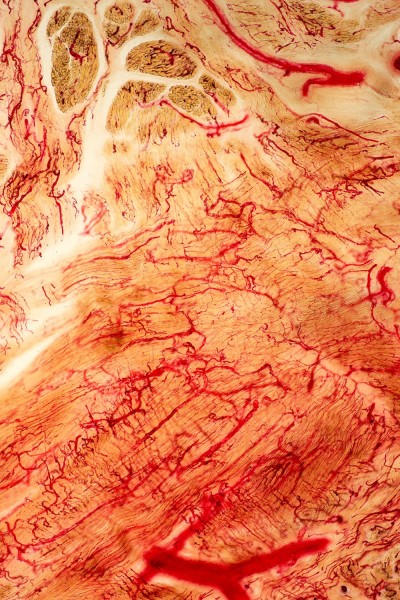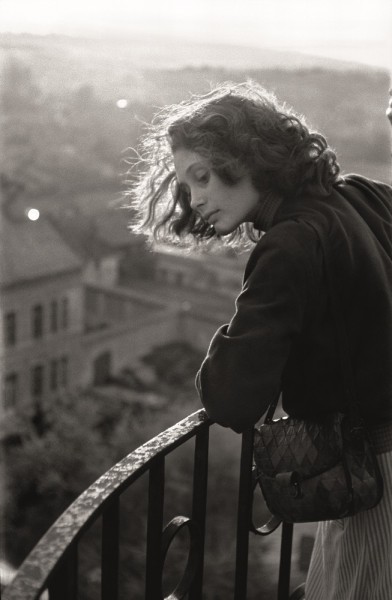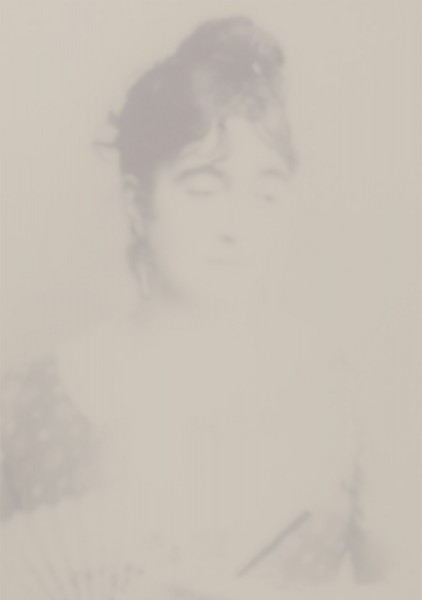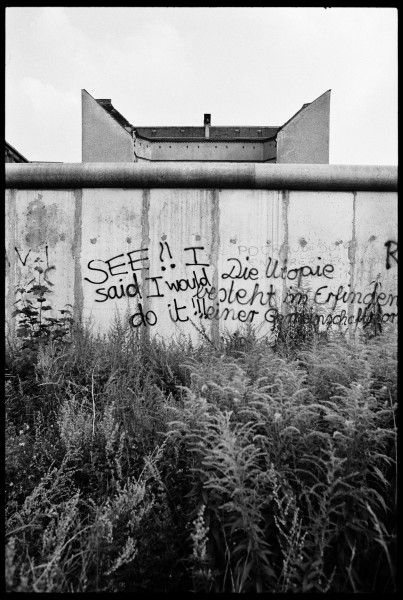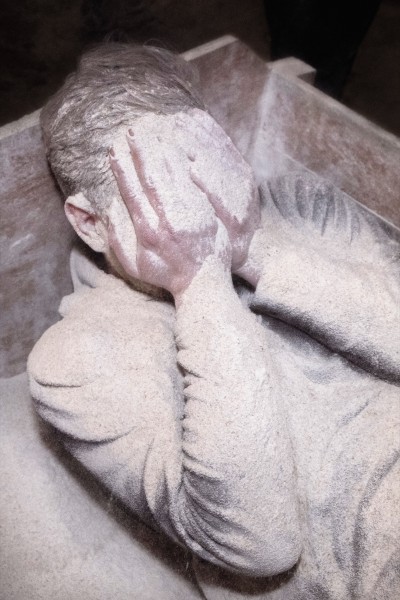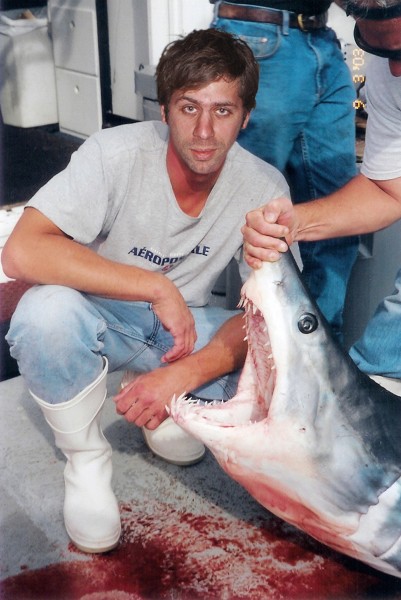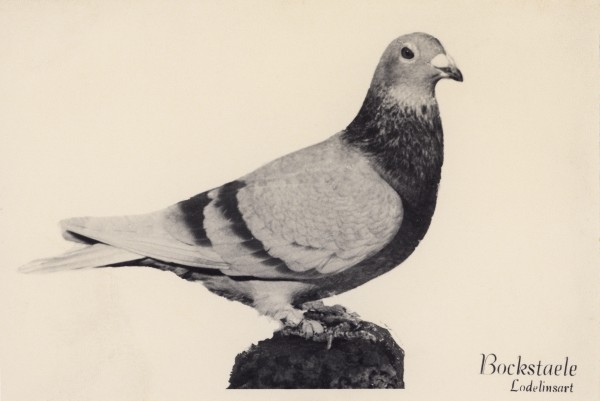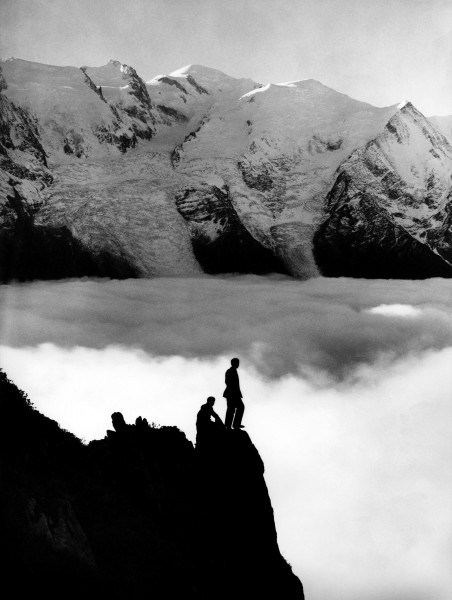The art of Ange Leccia originates in a reflection on the image and cinematic material. His arrangements of objects and vehicles, created in the 1980s, were already informed by film. The development of his research in video, throughout the 1990s until today, proceeds from the total continuity of his quest for the modest statement of a non-verbalized emotion. Repeating the motifs from his repertoire, which he constantly enriches, he articulates the images in the exhibition space to suspend time and construct situations which continuously regenerate themselves. If the motifs of repetition and the loop characterize Ange Leccia’s images, we must comprehend this permanent regeneration in the image’s organic dimension, which invites us to an eternal present. In the home of Auguste
Comte he proposes to intervene in situ, in a dialogue with the space and the energies which passed through it. The practice of arrangement is a way for Ange Leccia to truly engage in a conversation with the spirit of the rooms as a way to erase the negative effects of the Denkmalkultus described by Aloïs Riegi : a building steeped in history must not remain frozen in the past, in a conservatory dimension which severs it from the present.
More than anyone, the artist is in a position to set such a space in a current time frame, sharing it with his contemporaries. His method is that of intropathy, in a Baudelarian way. Through this poetic process of communication with the souls of those having lived there, he recreates a link between their temporality and
our own. The video images he will project in different parts of the house - a room inviting a single image, projected directly onto the wall, interspersed with silences comprised of other rooms left in their current state, without the artist’s intervention, intensifying every step of the procession he creates - will invoke the feminine presences surrounding Auguste Comte, notably Clotilde de Vaux, his great love, but also Sophie Bliaux, his maid, the guardian of his home, and Caroline Massin, his wife. In Auguste Comte’s room, the last stage of the exhibition, Ange Leccia will reemploy one of the most important figures of his iconographic repertoire, echoing the gala apparel and top
hat of the great man, which are conserved and displayed next to his bed. The face of Maria Callas will appear on a Trinitron monitor. These mute images, like home invasions, will convey the intensity of art, elevated to its highest level by the Diva. Slow motion photograms, copied several times over, from the TV set to Super 8 then to video, place the dazzling emotion of the opera singer on an extreme crest, suspended.
Pascal Beausse
In collaboration with la galerie Jousse Entreprise
Maison Auguste Comte
Final residence of the philosopher, founder of «Positivism», the House of August Comte is both an apartment-museum and an archive-library centered around the philosopher and nineteenth-century thinking.


